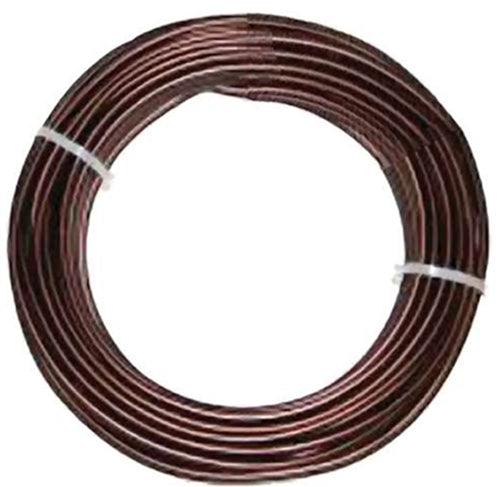
This Scot's pine (Pinus sylvestris) is from the cover of Bonsai Today issue 104. It belongs to (or belonged to?) Walter Pall.
Perhaps you're familiar with the term naturalistic bonsai. If not here's a quote by John Naka on the topic: Do not try to make your little tree look like a bonsai, try to make your bonsai look like a little tree.
Walter Pall has thought on the subject oo: I have seen that the trend in styling is toward more and more refinement, which often takes away all the naturalness. I find that too many of these bonsai look like they are made of plastic and are not real.
And of course we have some photos to illustrate the point. If you'd like to further bone up on the topic Walter has an excellent article on his Bonsai Adventures blog.

Another naturalistic tree by Walter that's also from Bonsai Today (issue 106). It's a Norway spruce (Picea abies).

Some of Walter's best trees are Norway spruce and this one is no exception.

This one has Walter Pall’s naturalistic style written all over it. Here are some specs (from Walter’s website): Norway spruce. 75 cm high. Around 150 years old. Pot by Derek Aspinall. From a tree which was collected in Switzerland in 1998.

Here's another superb examples of a naturalistic tree. It's a Ground juniper (Juniperus horizontalis) by Nick Lenz, from Bonsai from the Wild 2nd ed. (Stone Lantern Publishing - now out of print).

Nick "Larch Master" Lenz was responsible for this one too. And yes, you guessed it, it's and American larch (Larix laricina, aka Tamarack).

Moving on to some highly stylized bonsai of the type that Walter Pall might take issue with. Bonsai that, instead of mimicking trees in nature, serve more as abstractions that bring to mind naturally grown trees that have been sculpted by the ravages of nature. Which might help explain why there's so much emphasis on deadwood.
I picked this one by Isao Omachi because it's such a powerful example of a highly refined tree with remarkable sculpted deadwood.

Like the tree above this one is also a juniper by Isao Omachi. Not only does it feature deadwood that has been sculpted, but its crown is perfectly layered and groomed. Not something you'd typically see in nature.

We'd be remiss not to show a tree or two by Masahiko Kimura, the original master of sculpted deadwood. This photograph is by Owen Reich.

Here's another one by Kimura. Even though you can't see it. there has to be a living vein hiding somewhere.

